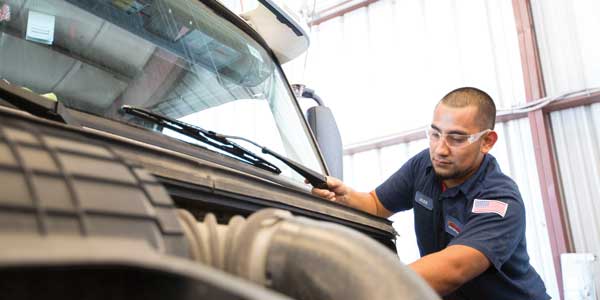Costs are continuing to rise thanks to COVID-19. The costs of off-shore parts have risen and are continuing to rise, and because of this “margin madness” is taking place, and bonus incentives seem to be upper management’s avenue to lowering costs.
I know of one small fleet with 150 trucks and 450 trailers that decided to bid out parts—get the data, make the list and drive their parts costs down. Some of that feeling came from my push that parts and labor are roughly a 50/50 split on cost. So, the owner could not cut more labor because he would not reduce the hours the shop was open and pet projects like fixing the boat or plowing snow were not taken into consideration.
So, this little fleet decided to be a big fleet and analyzed parts usage in the three shops to death. They wanted to consolidate the purchasing, buy from one place and get the volume discounts.
The problem was, they had no volume. I told them: your tire pricing is good, you do not use that many tires; you do not use that many wheel bearings, if at all; your filter volume has decreased because of maximizing your oil drains and raising the PM quality over the last five years; your oil volume and costs are down.
Yes, you use a few more brake chambers and brake shoes because chamber quality is questionable and your guys went with cheap lining to save money, so you do have some increase in brake cost, but not enough to do central purchasing from one place. One brand, yes; nothing wrong with establishing a base line of cost for parts. These three shops are close but far enough away (40 miles) that it makes no sense to travel 40 miles, expect quick delivery from the vendor forty miles away to save a dollar. After all, time is money. Oh, that program did not work so we put high-dollar vending machines in to control volume, which there was no volume on stupid incidentals, after the vending machine fee.
The cost of parts is just going up for many reasons out of our control. A sensor now or then can be over $100. How are you going to shop that? You may call three places but only one has the sensor. Now why call three places when you want to buy from one place? As a small fleet have you really ever been successful at bidding parts, or just a feel-good program?
Dealer-only parts are dealer only parts. We have limited experience in both the dealer and fleet, so we have to rely on the serial number of the vehicle to obtain the captive dashboard that was not under warranty in the small print. No longer does one gauge fit in another vehicle, but gauges do not fail as often as it is the sensor and EGR coolers and exhaust pipes that rot.
So, we spent more time trying to repair vehicles that have become more difficult as expensive software has taken over. How do you control escalating costs when the “ivory tower” says your costs are too high? Do you fire the maintenance guy?
The savings are internal: the cost per minute is going over $1 per minute and now approaching $1.20 per minute. Look at the dealer door rate: $175 per hour in non-metro areas. That sounds high, but after all they have their margins to achieve.
The point is: firing the maintenance guy may not be the best answer. While there is of course no room for incompetence, assuming the costs are too high and forcing reductions may not be easily reached as the board may think, pressure to reduce cost and force management to look closer is not a bad thing. The guy you decide to fire may not be the real issue; that person may not have the experience and cheap labor is not the answer today. Maybe above and below need to work as a team, find some outside limited time experience. Maybe scare the guy but coach him and accept that in today’s vehicle, the cost is not what you want it to be but what it is. Do not fire him, fire him up!














